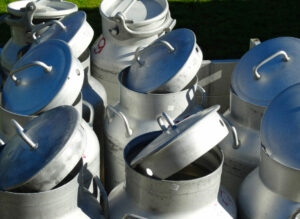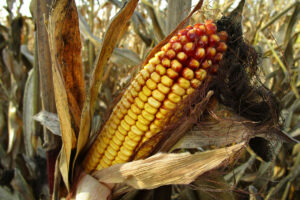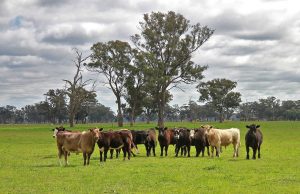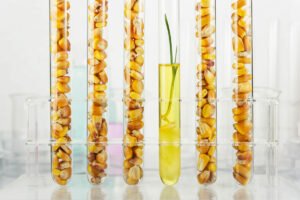Fernando Diaz
Copper is an essential trace element with an important role in several physiological functions. It is a cofactor of many metalloenzymes involved in the immune response and oxidative stress of the cow. The dairy NRC 2001 guideline recommends feeding diets with 14-16 mg/kg of copper. Thus, copper supplements are commonly used in dairy cows’ diets to prevent copper deficiency.
Dietary requirement of copper is influenced by its interactions with other microelements. During recent years, the increased use of copper supplements has raised concerns regarding copper toxicity, which may impair cow health and milk production. Since copper toxicity increases accumulation of copper in the liver, hepatic copper content is frequently applied as a general indicator of cow’s copper status.
Hepatic copper concentrations at which copper toxicity occurs in dairy cows are not well defined. According to the Animal Health and Veterinary Laboratory Agency, the upper end of a normal hepatic copper reference range is 500 μg copper/g of dry matter (DM), and concentrations greater than 850 μg/g increase the risk of copper toxicosis.
Several global reports published recently indicate copper toxicities in the cattle industry have increased around the world. In a recent case study conducted at Michigan State University Veterinary Diagnostic Laboratory, the researchers Strickland et al. (2019) assessed the incidence of copper toxicities in dairy cows for 8 years (2007 – 2015). A total 782 liver biopsy samples from 225 Holstein dairy herds located across the US were collected to determine hepatic copper concentrations.
The results, published in the Journal of Dairy Science, showed that average hepatic copper concentration was 473 μg/g of DM, and ranged from 3 to 1963 μg/g DM. About 40% of the samples were above the upper threshold (>500 μg/g), and 8% of them were at high risk for copper toxicity (>850 μg/g). Interestingly, hepatic copper concentration did not change over time (2008 – 2015).
In conclusion, this study suggests that a considerable proportion of Holstein cows in the United States had a high risk of copper toxicity. Cows were being fed diets with copper content greater than their needs; therefore, a re-evaluation of copper requirements for dairy cows is needed.
References
- NRC (National Research Council). 2001. Nutrient Requirements of Dairy Cattle. 7th rev. ed. National Academies Press, Washington, DC.
- Strickland, J.M., Herdt, T.H., Sledge, D.G. and Buchweitz, J.P. 2019. Survey of hepatic copper concentrations in Midwest dairy cows. J. Dairy Sci. 102:4209-4214.









